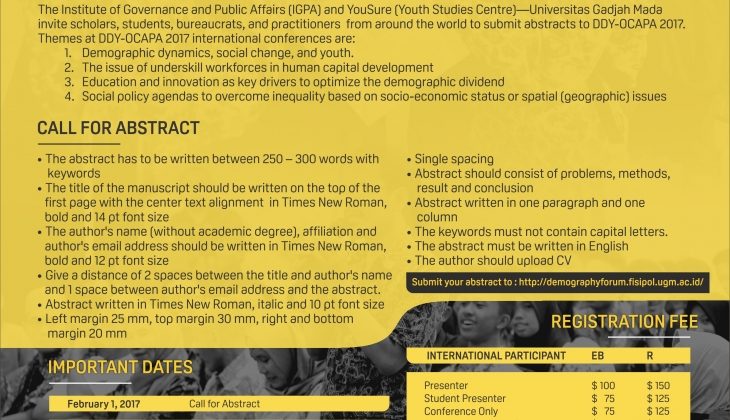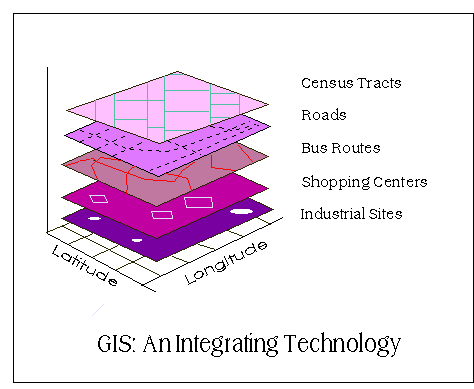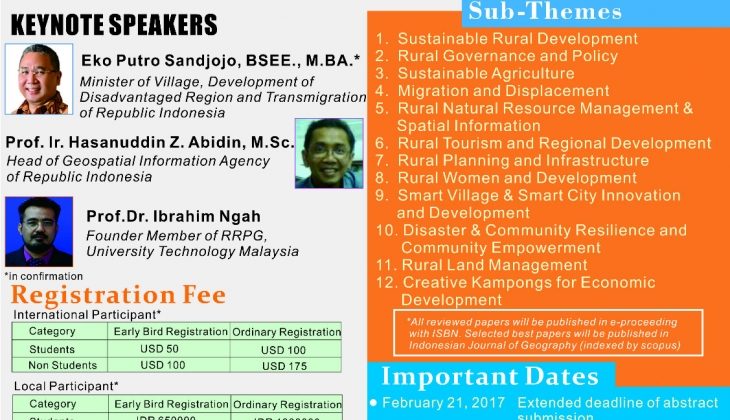
Integrating GIS into Forest Resources Spatial Management and Planning (2) – Forest Resources Spatial Management and GIS
This article is summarized and concluded from articles as follow:
(1) Making GIS Work in Forest Management by Manij Upadhyay, unpublished work.
(2) A Hierarchical Approach to Spatial Forest Planning by Ugo Feunekes and Andrew Cogswell, USDA Forest Service, Proceeding
(3) HCVF/A Identify Within Ecoregion; Integrating Conservation Planning into Regional Spatial Planning by Barano Siswa Sulistyawan, WWF Indonesia,
(4) Assessing participatory GIS for community-based natural resources management: claiming community forests in Cameroon by Michael K. McCall and Peter A. Minang, The Geography Journal Volume 171 No.(4) pages 283-306, 2010
Previous Section Integrating GIS into Forest Resources Spatial Management and Planning (1)
Forest Resources Spatial Management and GIS
Integrating GIS into Forest Resources Spatial Management and Planning (2) -- Geographical Information Systems (GIS) is an information technology that has been used in public policy-making for environment and forest planning and decision-making over past two decades (Pradhan, 2008 and Bassole et al., 2001). GIS integrates hardware, software, and data for capturing managing, analyzing, and displaying all forms of geographically referenced information (ESRI, 2008). This makes GIS an important tool in...


